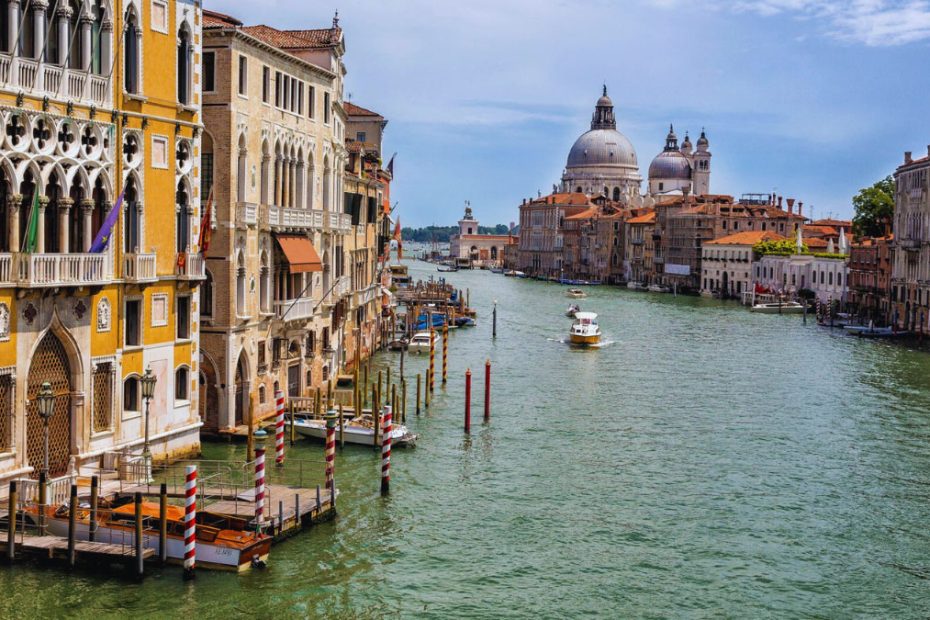Dreaming of a European adventure but only have 10 days to spare? Don’t worry; you can still experience the best of Europe with a well-planned itinerary. From the romantic streets of Paris to the historic landmarks of Rome, you’ll be amazed at how much you can see and do in just over a week.
Key Takeaways
- Focus on a specific region during your 10-day European trip to maximize experiences and minimize travel time.
- Key recommended itineraries include visits to major cities like Paris, Amsterdam, and Berlin, with highlights such as the Eiffel Tower, the British Museum, and the Brandenburg Gate.
- Prioritize booking accommodations and transportation, including budget airlines and rail passes, to ensure smooth travels between destinations.
- Discover hidden gems in each city for a unique and local experience, such as Le Marais in Paris, Neal’s Yard in London, Vondelpark in Amsterdam, and the East Side Gallery in Berlin.
- Plan for dining experiences that encompass traditional and local flavors, ensuring a blend of budget-friendly and authentic cuisine options.
- Consider practical travel tips and sustainability practices like using public transport, carrying reusable water bottles, and supporting local artisans.
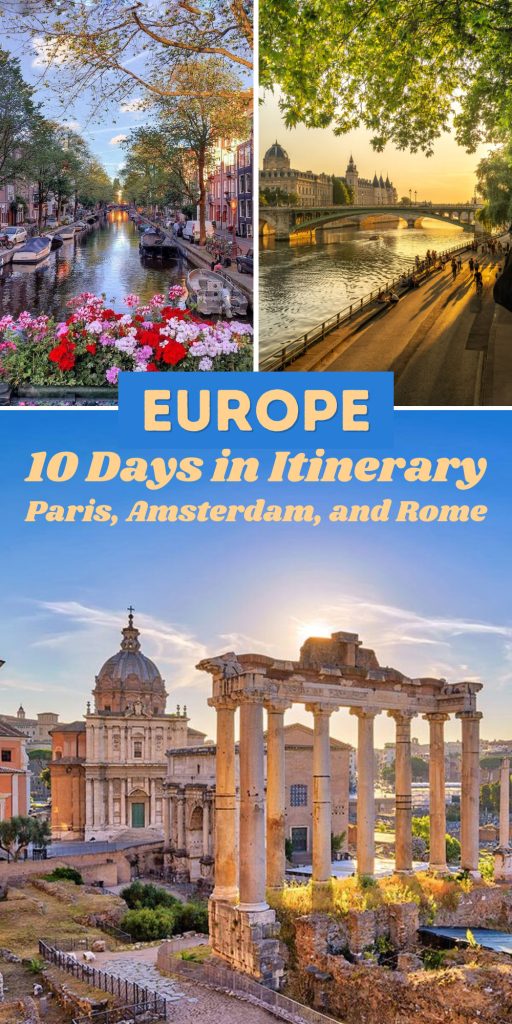
What to Know Before You Spend 10 Days in Europe
Planning a 10-day trip to Europe involves several crucial considerations. Whether it’s your first time or you’re a seasoned traveler, you’ll want your adventure to be unforgettable and hassle-free.
Choosing Your Region
Given the limited time, focus on a specific region instead of trying to cover the entire continent. Popular regional itineraries include:
- Scandinavia: Traverse Norway, Sweden, and Denmark. Start in Stockholm, venture to Copenhagen, and finally explore Norway’s fjords, Oslo, and Bergen.
- UK: Discover England, Scotland, and Wales. Highlights encompass London, Oxford, Stonehenge, Edinburgh, and the Scottish Highlands.
- Iconic Capitals: Visit Paris, Amsterdam, and Berlin. Enjoy the Eiffel Tower, Louvre Museum, Amsterdam’s canals, and Berlin’s historical landmarks like the Brandenburg Gate.
Itinerary Examples
London & Paris
- London: Explore landmarks such as the London Eye, Tower of London, and British Museum. Jump into the city’s vibrant culture, markets like Borough Market, and historic pubs.
- Paris: Ascend the Eiffel Tower, tour the Louvre, stroll along the Seine, and indulge in exquisite pastries at local patisseries.
Top Attractions
- Eiffel Tower: Iconic and offers unparalleled views of Paris.
- British Museum: Houses artifacts like the Rosetta Stone and Egyptian mummies.
- Amsterdam Canals: Picturesque and perfect for leisurely boat tours.
- Berlin’s Brandenburg Gate: Historical significance and a symbol of reunification.
Hidden Gems
- Le Marais, Paris: Charming district with cobblestone streets, boutique shops, and art galleries.
- Neal’s Yard, London: Hidden courtyard with colorful buildings and organic eateries.
- Vondelpark, Amsterdam: Urban oasis, ideal for picnics and leisurely strolls.
- East Side Gallery, Berlin: Outdoor art gallery on the Berlin Wall featuring murals by international artists.
Accommodations
| City | Budget | Mid-Range | Luxury |
|---|---|---|---|
| London | Hostel One | Premier Inn | The Ritz |
| Paris | Generator | Ibis Styles | The Ritz-Carlton |
| Amsterdam | ClinkNOORD | NH Collection | Waldorf Astoria |
| Berlin | Circus Hostel | Park Inn by Radisson | Regent Berlin |
Dining Highlights
- London: Try traditional fish and chips, visit Borough Market for diverse street food, and dine in historic pubs.
- Paris: Savor croissants and coffee at Café de Flore, sample escargot at a local bistro, and enjoy fine dining at Le Jules Verne.
- Amsterdam: Relish Dutch pancakes (pannenkoeken), visit Foodhallen for a variety of cuisines, and try herring from street vendors.
- Berlin: Experience currywurst, dine at KaDeWe’s restaurant, and enjoy Turkish cuisine in Kreuzberg.
Transportation & Practical Tips
- Public Transport: Use metros, buses, and trams for efficient local travel. Cities like London, Paris, and Berlin have extensive networks.
- Budget Airlines: For intercity travel, consider budget airlines like Ryanair and EasyJet.
- Rail Passes: Investigate rail passes like the Eurail Pass for flexible, unlimited train travel across multiple countries.
- Packing: Pack light and versatile clothing to manage diverse climates. Comfortable shoes are essential for walking tours.
- Safety: Europe is generally safe, but stay vigilant in crowded places to avoid pickpocketing.
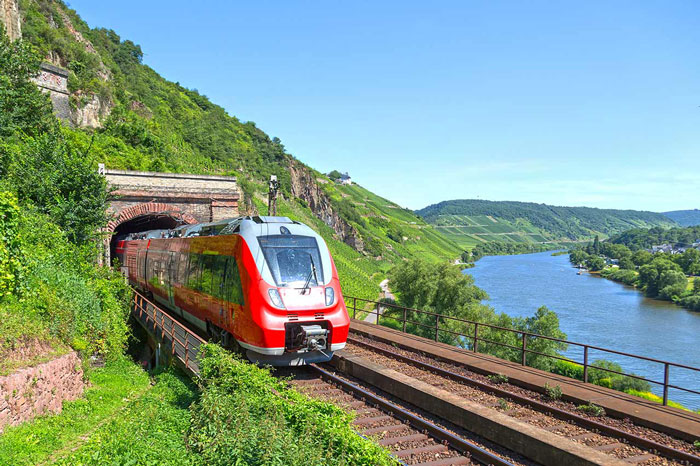
Sustainability Tips
- Eco-Friendly Travel: Choose trains over planes when possible. Trains have a smaller carbon footprint compared to flights.
- Local Products: Support local artisans by buying souvenirs from authentic shops instead of mass-produced items.
- Water Bottles: Carry a reusable water bottle. Many cities have public fountains where you can refill it.
- Accommodations: Book in advance to secure the best rates, especially in popular cities.
- Meals: Eat at local markets and street food vendors to save money while experiencing authentic cuisine.
- Attractions: Look for city passes that offer discounted entry to multiple attractions.
This guide helps you optimize your 10-day European adventure, providing practical information while encouraging sustainable travel practices.
Planning Your Itinerary

Organizing a 10-day itinerary for Europe requires balancing the number of destinations and the time available. This approach maximizes meaningful experiences and minimizes excessive travel.
Budgeting and Costs
Europe offers a variety of experiences to fit different budgets. Here’s a guide to help you manage expenses:
- Accommodation: Expect to spend $50-$150 per night for mid-range options in major cities. Hostels and budget hotels fall around $20-$50 per night.
- Dining: Plan for $10-$30 per meal, depending on the type of dining experience. Local eateries and street food offer affordable yet authentic cuisine.
- Transportation: Public transport in cities like Paris and Amsterdam costs $2-$5 per trip. Rail passes such as the Eurail can save money on long-distance travel.
Transportation and Getting Around
Efficient transportation enhances your European adventure:
- Trains: Trains are fast and reliable for intercity travel. The Eurail Pass or local rail passes offer flexible travel across multiple countries.
- Flights: Low-cost carriers like Ryanair and EasyJet provide budget-friendly options for longer distances.
- Public Transit: Cities offer extensive public transport systems, including metros, trams, and buses. Single tickets and day passes are available at reasonable prices.
Accommodation Options
Choosing the right accommodation sets the tone for your trip. Here’s a comparison of options:
| Type | Cost per Night | Features | Best For |
|---|---|---|---|
| Hostel | $20-$50 | Shared rooms, social atmosphere | Backpackers, solo travelers |
| Mid-range Hotel | $50-$150 | Private rooms, central locations | Couples, families |
| AirBnB | $50-$200 | Local experience, varied amenities | Groups, long stays |
| Luxury Hotel | $200+ | High-end amenities, concierge services | Special occasions |
Travel Tips and Precautions
Keep these tips in mind for a smooth trip:
- Health: Carry necessary medications and travel insurance.
- Safety: Be aware of your surroundings and keep valuables secure.
- Local Laws: Familiarize yourself with local laws and customs to avoid misunderstandings, especially in countries like Switzerland and the UK.
- Sustainability: Use reusable water bottles and bags. Opt for trains over flights when possible to minimize your carbon footprint.
Efficient planning ensures a memorable 10-day European adventure, allowing you to immerse yourself in the culture, history, and beauty of each destination.
Day 1: Arrive in Paris
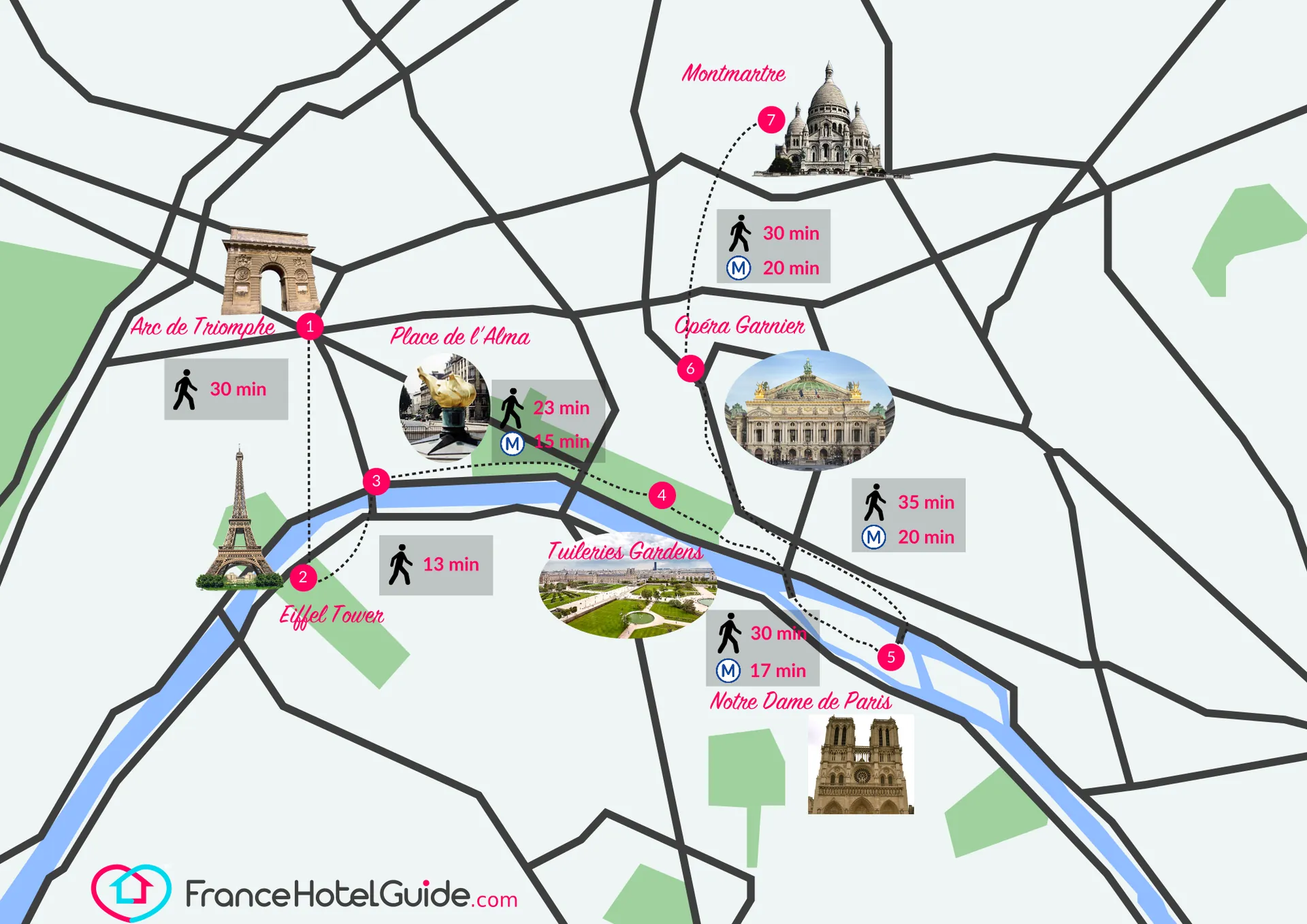
Begin your European adventure in Paris, the City of Lights, known for its iconic landmarks, charming neighborhoods, and rich history.
How to Get There
- By Air: Fly into Charles de Gaulle Airport (CDG) or Orly Airport (ORY). CDG, 25 miles northeast of Paris, is the primary international gateway. ORY, closer to the city, offers a convenient alternative. From the airport, choose a taxi, the RER B train, or a bus service like Le Bus Direct or Roissybus to reach your destination.
Where to Stay
- Family-Friendly Areas: Opt for areas like the Latin Quarter, Montmartre, or the 1st arrondissement. These neighborhoods offer a mix of hotels and apartments, ensuring proximity to public transportation and major attractions. The Latin Quarter is known for its vibrant atmosphere, Montmartre for its artistic heritage, and the 1st arrondissement for its central location.
- Hotel Recommendations: Consider establishments offering family rooms or suites. Hotel Le Walt, Hotel des Grands Hommes, and Novotel Paris Tour Eiffel provide comfortable, well-equipped accommodations suitable for families.
- Stroll Along the Seine: Wind down your first day with a leisurely walk along the Seine River. Enjoy views of iconic landmarks like the Eiffel Tower and Notre-Dame Cathedral illuminated at night.
- Eiffel Tower Light Show: Witness the Eiffel Tower’s nightly light show, starting every hour on the hour after sunset. Experience the tower’s sparkling lights—a memorable sight to end your first day.
- Dinner in a Parisian Bistro: Savor your first Parisian meal at a local bistro. Enjoy classic dishes like coq au vin, steak frites, or a cheese platter. Le Comptoir du Relais and Bistrot Paul Bert offer authentic dining experiences.
Incorporate these activities to create a perfect start to your European journey. Paris offers a blend of culture, history, and modern charm, making it an ideal gateway to the adventures that await you.
Day 2: Exploring Paris
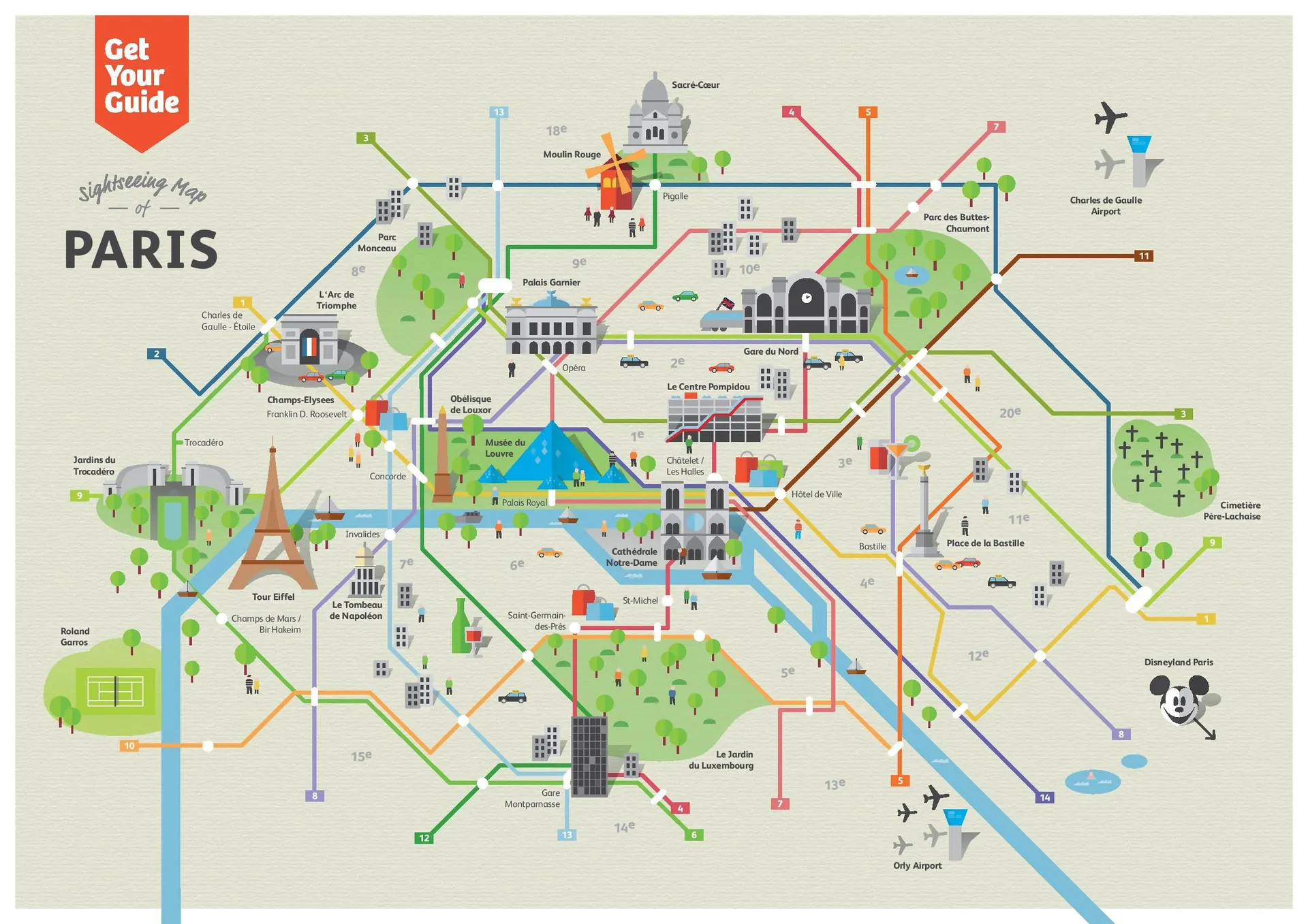
Day 2 takes you through the enchanting streets of Paris. From world-renowned landmarks to hidden gems, you’ll uncover the true essence of the City of Lights. Start early to make the most of your day.
Must-See Attractions
Eiffel Tower
The Eiffel Tower is an iconic symbol of Paris. Head there early to avoid long lines. You can choose the elevator or stairs to reach the top and enjoy panoramic views. Sunset offers a magical experience.
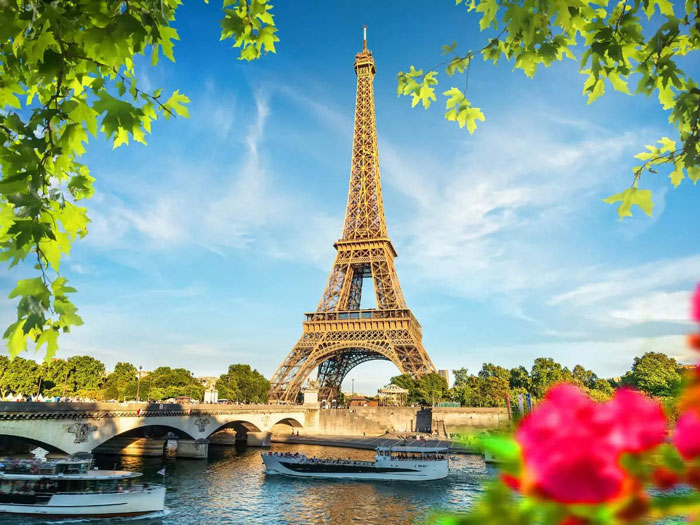
Louvre Museum
Visit the Louvre Museum, home to the Mona Lisa and over 38,000 artifacts. Allocate at least 2-3 hours. The glass pyramid entrance is a sight itself. Book tickets online to skip the line.
Notre-Dame Cathedral
Notre-Dame Cathedral is a Gothic masterpiece. Even though ongoing restorations, it’s a marvel of architecture. Spend time admiring the facade and the intricate details.
Arc de Triomphe
The Arc de Triomphe stands at the center of Place Charles de Gaulle. It commemorates those who fought and died for France. Consider climbing to the top for another spectacular view of Paris.
Suggested Walking Route
Start at Eiffel Tower
Begin your day at the Eiffel Tower. After visiting, stroll through the Champ de Mars park. Enjoy the gardens and capture some memorable photos.
Walk Along Seine River
Follow the Seine River towards the Louvre. This scenic walk is dotted with charming bookstalls and bridges. Pause at Pont Alexandre III for picturesque views.
Visit the Louvre
Tour the Louvre Museum next. Exit towards Rue de Rivoli and continue your journey.
Lunch in Le Marais
Head to Le Marais for lunch. This historic district is known for its vibrant atmosphere, boutique shops, and diverse eateries. Try falafel at L’As du Fallafel or sample French pastries.
Notre-Dame Cathedral
After lunch, walk to Notre-Dame Cathedral. Allow time to explore Île de la Cité. If time permits, visit Sainte-Chapelle for its stunning stained glass.
Conclude at Arc de Triomphe
End your day at the Arc de Triomphe. Walk along Champs-Élysées, shop at luxury stores, or grab a drink. Climb to the top of the Arc for an evening view of the illuminated city.
- Tickets: Purchase tickets online for major attractions to save time.
- Public Transport: Use the metro for longer distances. Day passes are economical.
- Walking Shoes: Wear comfortable shoes for extensive walking.
- Weather: Check the weather forecast. Carry an umbrella if rain is expected.
Concluding your day in Paris with these key highlights and practical tips ensures a fulfilling experience and sets the tone for the rest of your 10-day Europe adventure.
Day 3: Paris Highlights
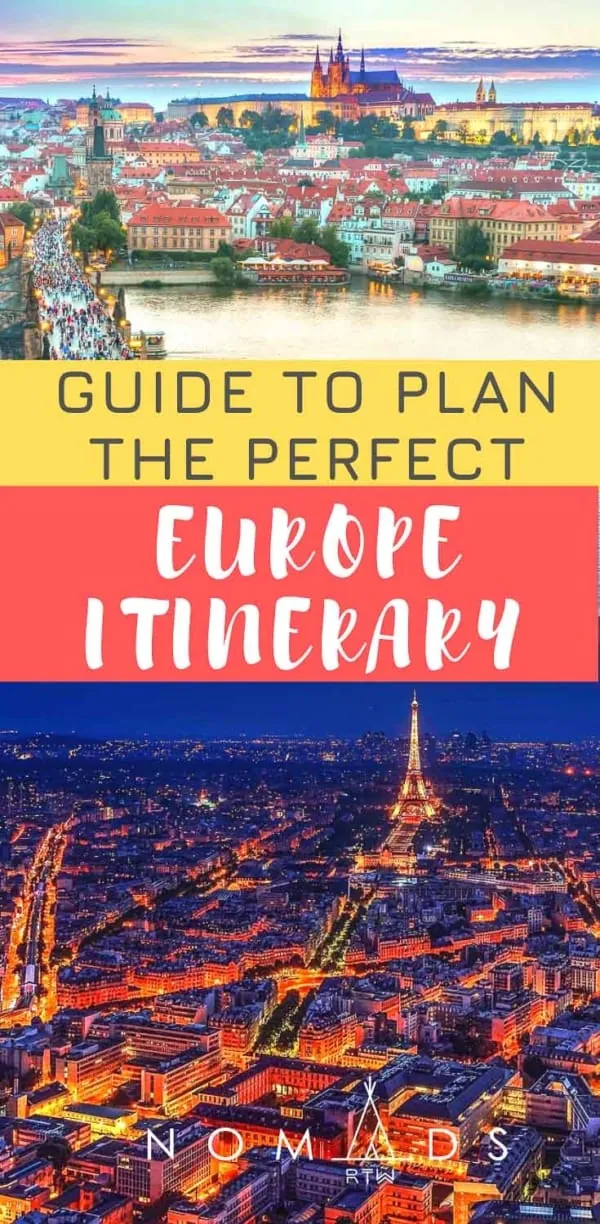
Day 3 in Paris is all about exploring the city’s museums, landmarks, and delightful dining experiences. Make the most of your day with these curated recommendations suitable for all ages.
Museums and Landmarks
The Louvre Museum
The Louvre is a Parisian must-see. Opt for less crowded times for a more pleasant visit; stroller-friendly paths are available. Highlights include the pyramid entrance and the Mona Lisa. For a more family-friendly experience, explore sections like the ancient Egyptian collection.
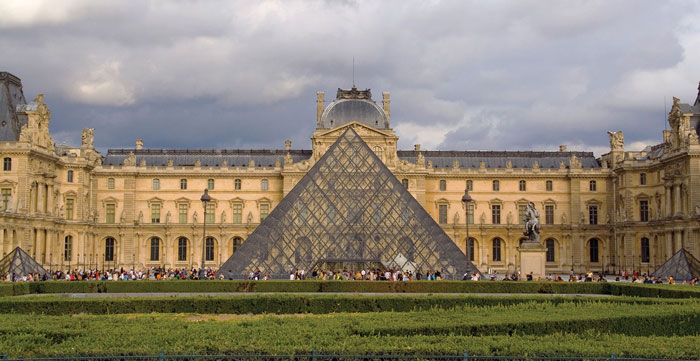
Eiffel Tower
The Eiffel Tower is an iconic landmark that’s stroller-accessible. Take the elevator to the top for breathtaking views of Paris. Picnic areas around the tower offer a relaxing space for a family meal.
Arc de Triomphe and Champs Élysées
Both the Arc de Triomphe and Champs Élysées feature wide sidewalks, making them stroller-friendly. Enjoy a stroll along the Champs Élysées, where you can find a mix of high-end shops and casual cafes.
Local Dining Experiences
Le Comptoir du Relais
Located near the Latin Quarter, Le Comptoir du Relais offers a delightful menu. With a focus on traditional French cuisine, the bistro’s casual vibe makes it family-friendly. Try the duck confit or their signature croque-monsieur.
Angelina Paris
Situated near the Louvre, Angelina Paris is renowned for its delicious pastries and hot chocolate. It’s a great spot for a mid-afternoon treat. Children will enjoy the varied pastry selection, while adults can savor their famous Mont Blanc dessert.
Café de Flore
Located in Saint-Germain-des-Prés, Café de Flore is one of the oldest coffeehouses in Paris. Its classic French menu offers everything from croissants to escargot. With outdoor seating, it’s a perfect place for people-watching and enjoying the Parisian atmosphere.
Practical Tips
Dining Costs
Expect to spend between $10-$30 per meal. Budget-friendly options, like street crepes or bakery sandwiches, are widely available.
Weather Preparation
Paris weather can be unpredictable. Carry an umbrella and wear layers to stay comfortable throughout the day.
Transport
Use Paris’ extensive metro system for efficient travel between attractions. A single ride costs around $2.50, and day passes offer unlimited travel.
Sustainability
Choose restaurants that source local ingredients. Many Parisian eateries pride themselves on sustainability, reducing their carbon footprint.
Your third day in Paris promises to be an unforgettable blend of culture, history, and delightful dining experiences. Stick to this guide for a family-friendly, enriching day exploring the City of Lights.
Day 4: Travel to Amsterdam
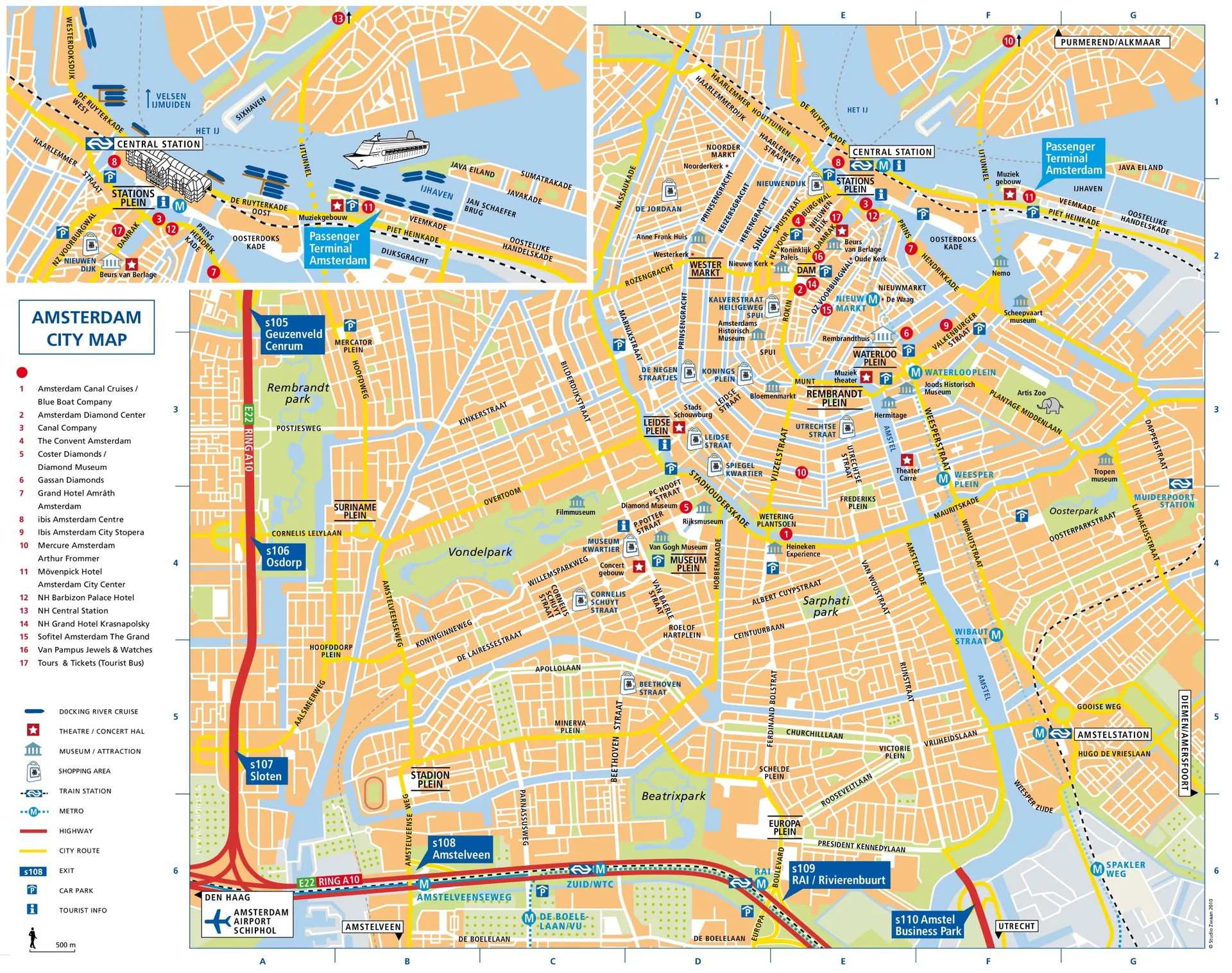
Welcome to Day 4 of your 10-day European adventure. Today, you’ll journey from Paris to Amsterdam, a city known for its artistic heritage, elaborate canal system, and narrow houses.
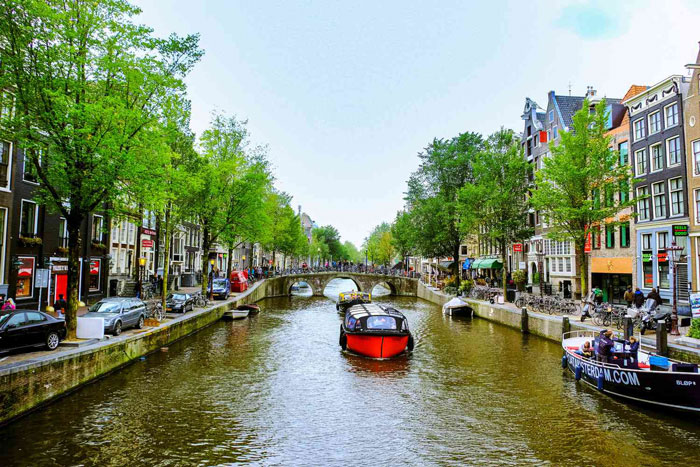
Transportation Options
When traveling from Paris to Amsterdam, several transportation methods are available, each with varying levels of convenience and comfort:
- Train: The Thalys high-speed train offers the most convenient option. Departing from Paris Gare du Nord, it reaches Amsterdam Centraal in about 3.5 hours. Trains come equipped with Wi-Fi, ensuring you stay connected during the journey.
- Flight: Although flights are available, they generally take longer when considering check-in, security screenings, and travel to and from the airports.
- Bus: For a budget option, consider companies like FlixBus or Eurolines. While slower and less comfortable than the train, buses cover this route economically.
Evening in Amsterdam
Upon arriving in Amsterdam, the evening awaits with diverse and engaging experiences:
- Canal Cruise: A twilight canal cruise offers a unique perspective of the city’s architecture. Companies like Blue Boat Company and Lovers Canal Cruises provide reasonably priced tours.
- Jordaan District: Explore the charming Jordaan district. This area is famous for its narrow streets, art galleries, and cozy cafés. Cafés like Café de Prins provide a picturesque spot for a relaxing evening.
- Rijksmuseum Gardens: Located near the Rijksmuseum, these gardens offer a tranquil space for evening walks. The gardens feature beautiful sculptures, fountains, and seasonal flowers.
- Leidseplein: If you’re in the mood for some nightlife, Leidseplein is the place to be. Known for its vibrant atmosphere, the square is home to various bars, clubs, and theaters. Venues such as Melkweg and Paradiso host live music and performances.
Spend your first night in Amsterdam embracing the city’s mix of historic charm and contemporary culture. Each activity provides an immersive way to start your Amsterdam experience.
Day 5: Discover Amsterdam
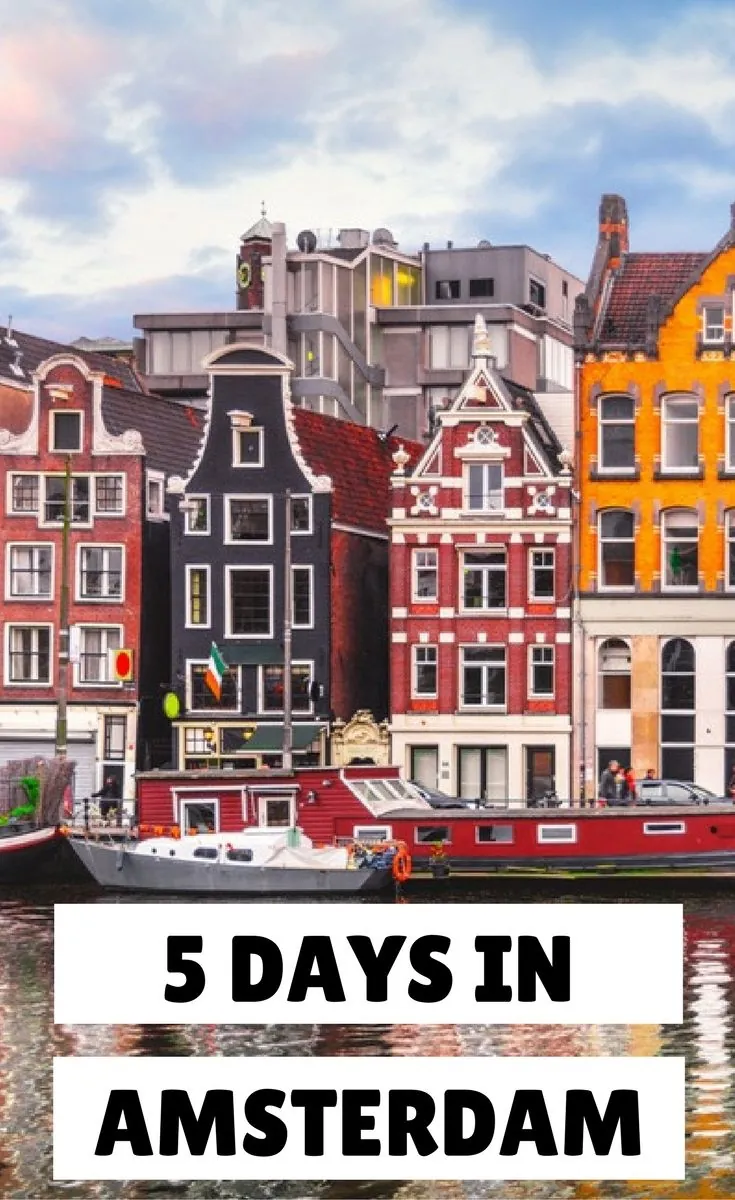
Amsterdam, known for its enchanting canals, rich history, and vibrant culture, offers an array of attractions to explore. With a mild climate and numerous waterways, the best times to visit are spring and early autumn.
Key Attractions
Canal Ring
Amsterdam’s Canal Ring, a UNESCO World Heritage Site, is an iconic highlight. Stroll along the canals or take a boat tour to appreciate the historic architecture and charming bridges. Examples include the Prinsengracht and the Herengracht.
Rijksmuseum
This notable museum houses Dutch art and history, featuring masterpieces by Rembrandt and Vermeer. The museum building itself captivates visitors with its architectural beauty.
Van Gogh Museum
Explore the life and works of Vincent van Gogh at this dedicated museum. It hosts the largest collection of his paintings and letters globally, providing deep insight into his artistry and personal thoughts.
Anne Frank House
Visit the Anne Frank House museum, where the Jewish girl authored her famous diary during WWII. The preserved hiding place traces her poignant story, making it a moving experience.
Cultural Experiences
Bike Around the City
Cycling is integral to Amsterdam’s culture. Rent a bike and navigate the bike-friendly streets like a local. This allows for an immersive way to experience the city’s daily rhythm.
Sample Local Delicacies
Indulge in traditional Dutch treats. Try stroopwafels, raw herring, or a pancake at a local eatery. Popular spots include Albert Cuyp Market and Foodhallen.
Artis Zoo and Botanical Gardens
For a blend of nature and leisure, visit Artis Zoo and the adjacent Hortus Botanicus. These venues offer family-friendly attractions and a relaxing escape from the city’s hustle.
Walk Through the Jordaan District
The Jordaan District boasts picturesque streets, boutique shops, and cozy cafes. Spend time exploring its unique vibe and local artisan shops.
Accommodations
| Accommodation Type | Price Range (per night) | Example Options | Features |
|---|---|---|---|
| Luxury | $200-$500 | Hotel Pulitzer | Canal views, historic rooms |
| Mid-Range | $100-$200 | Andaz Amsterdam Prinsengracht | Design-forward, central location |
| Budget | $50-$100 | ClinkNOORD Hostel | Modern, social atmosphere |
| Hostel | $20-$50 | Stayokay Amsterdam Vondelpark | Affordable, great for travelers |
Dining Highlights
De Kas
Located in a greenhouse, De Kas offers farm-to-table dining with a changing seasonal menu. The experience emphasizes fresh, local ingredients.
Pancake Bakery
Known for its variety of sweet and savory pancakes, the Pancake Bakery is a must-visit spot to taste this Dutch staple dish.
Café Luxembourg
For a classic Dutch lunch, Café Luxembourg presents excellent bitterballen (Dutch meatballs). The café’s interior radiates traditional charm.
- Public Transport: Amsterdam’s public transport includes trams, buses, and ferries. GVB day tickets offer unlimited travel and save money.
- Bikes: Bike rentals are widely available. Primary rental shops include MacBike and Rent-a-Bike-Damstraat.
- Weather Preparation: Expect mild weather. Pack layers and a light raincoat for an unexpected shower.
- Sustainability: Opt for eco-friendly transport like bikes or electric trams. Support local businesses and purchase Dutch-made souvenirs to reduce your carbon footprint.
Day 5 in Amsterdam combines historical richness with cultural experiences, making it a captivating chapter in your 10-day European adventure.
Day 6: Travel to Berlin
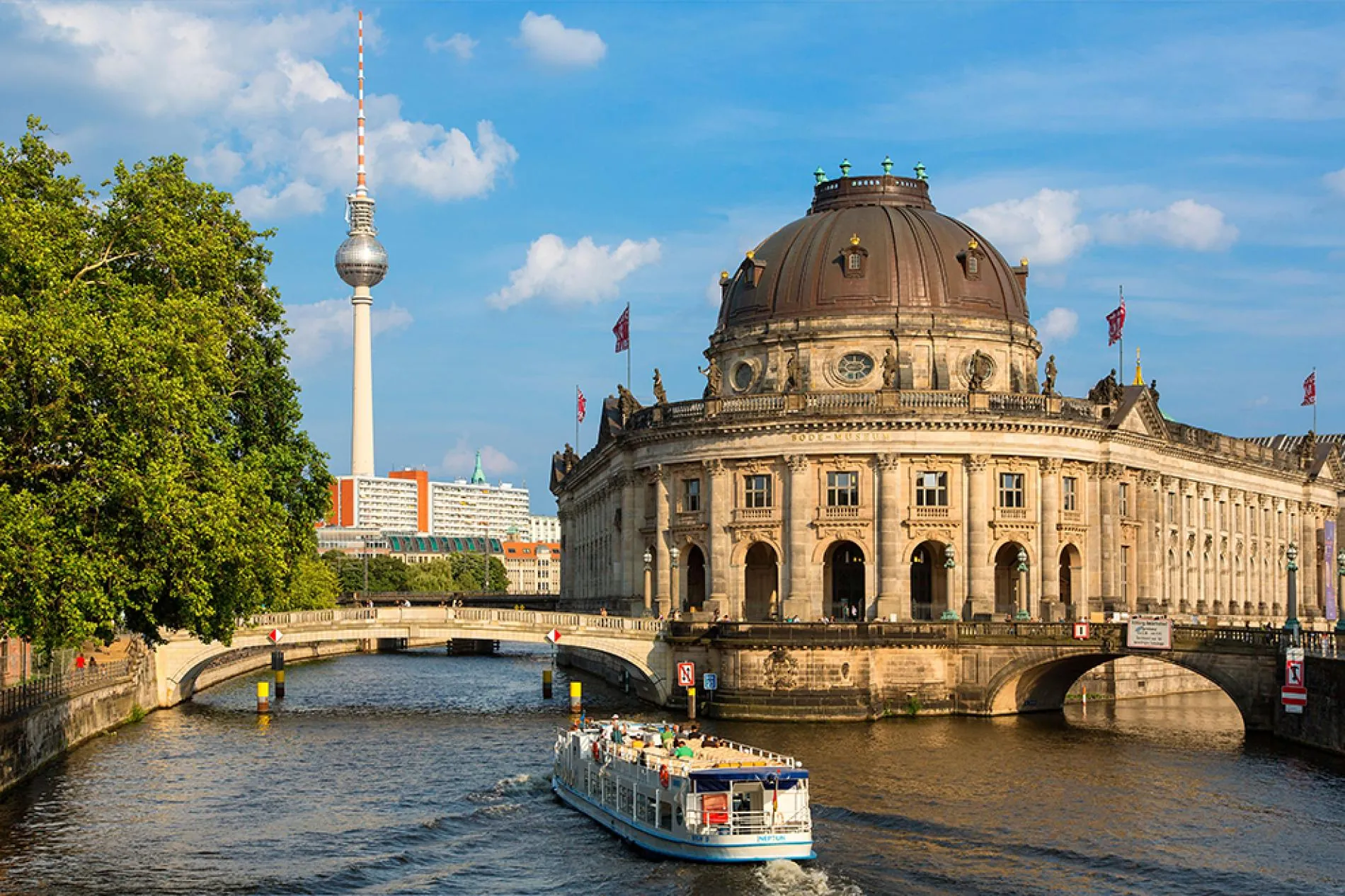
Your European adventure continues with a trip to Berlin, a city bursting with history, culture, and vibrant nightlife.
Best Ways to Travel
Berlin is well-connected to major European cities with several travel options. Whether you’re coming from Paris or Amsterdam, here are the best ways to travel:
- By Train: The train journey from Paris to Berlin takes around 8 hours, while from Amsterdam, it takes about 6 hours. You can use the Eurail Global Pass or a regional pass for seamless travel.
- By Flight: Flights to Berlin are quick and convenient. Berlin Brandenburg Airport (BER) serves international flights, and a typical flight from most major European cities takes 1 to 2 hours.
- By Bus: A budget-friendly option, buses provide extensive routes to Berlin. Though slower, buses offer a cost-effective alternative.
Nightlife and Entertainment
Berlin is synonymous with an electrifying nightlife and rich entertainment scene. Here’s what you can look forward to:
- Nightclubs: Berghain, widely considered the world’s best nightclub, is renowned for its techno music and unforgettable atmosphere. Watergate, located by the Spree River, offers scenic views and top DJs.
- Bars and Pubs: Clärchens Ballhaus blends history and fun, offering dance halls and a biergarten. Prater Garten is Berlin’s oldest beer garden, perfect for enjoying craft beers in a relaxed setting.
- Live Music Venues: Lido, set in a former cinema, hosts indie and alternative bands. If jazz is your thing, Quasimodo is a well-loved spot for both locals and tourists.
- Theater and Performances: The Berliner Ensemble, known for its cutting-edge productions, and the Friedrichstadt-Palast, boasting dazzling variety shows, are top picks for cultural entertainment.
- Unique Experiences: For something different, check out the Liquidrom, a spa with underwater music, or try karaoke at Monster Ronson’s Ichiban.
Berlin’s diverse nightlife ensures you’ll find something to match your mood and style.
Day 7: Highlights of Berlin
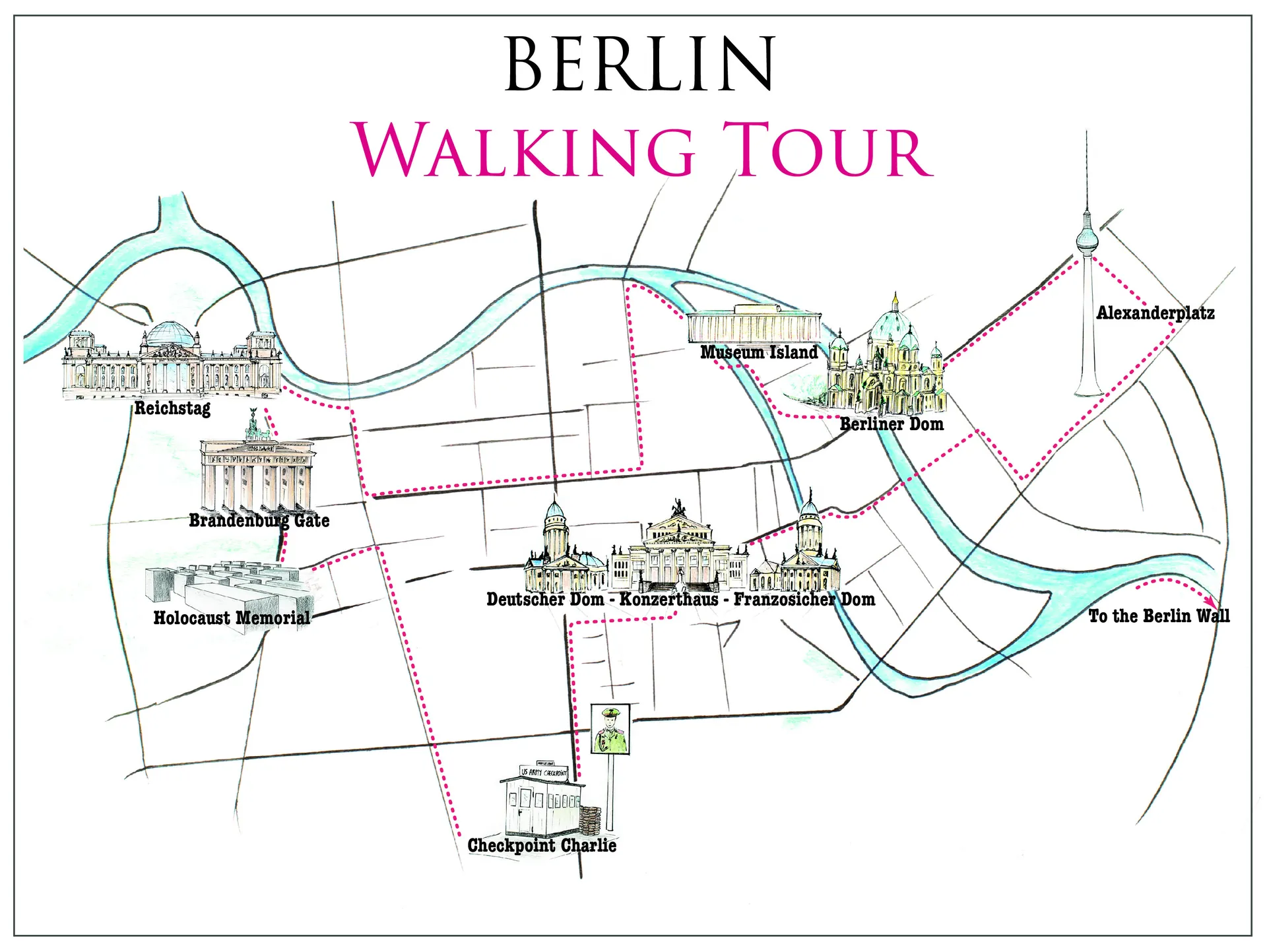
Berlin offers a unique blend of historical resonance and modern vibrancy. You’ll find a rich world of experiences, from iconic landmarks to engaging family-friendly activities.
Historical Sites
Brandenburg Gate
One of Berlin’s major landmarks, the Brandenburg Gate is a symbol of the city. The structure stands as a testament to Berlin’s turbulent history and triumph. The area surrounding the Gate is stroller-friendly, often bustling with street performers and vendors. Don’t miss the chance for memorable photos.
East Side Gallery
The last remaining section of the Berlin Wall, now transformed into an outdoor art gallery, the East Side Gallery is a must-see. The vibrant murals and graffiti tell stories from the past and present, making it engaging for both adults and children. Navigation is easy, even with strollers.
Museum Island (Museumsinsel)
Located in the heart of Berlin, Museum Island is home to five world-renowned museums. Although time may not permit visiting all, a leisurely stroll around the island offers views of impressive architecture. The pedestrian-friendly paths make it a pleasant area for families.
Modern Attractions
Berlin Zoological Garden
Opened in 1844, the Berlin Zoological Garden is one of the world’s oldest and most renowned zoos. Home to around 20,000 animals, including pandas and elephants, it’s an excellent family-friendly destination. The zoo’s layout makes it easy to navigate with children and strollers.
Potsdamer Platz
Representing Berlin’s modern side, Potsdamer Platz is a bustling hub of activity. You’ll find numerous shops, cinemas, and entertainment venues here. The area showcases contemporary architecture and offers various dining options catering to different tastes and budgets.
LEGOLAND Discovery Centre
Perfect for families, the LEGOLAND Discovery Centre offers interactive play zones, building workshops, and a mini-land featuring Berlin’s landmarks made from LEGOs. It’s ideally suited for children between the ages of 3 and 10.
| Time | Activity | Location | Notes |
|---|---|---|---|
| 9:00 AM | Brandenburg Gate | Pariser Platz | Best for early photos |
| 10:30 AM | East Side Gallery | Mühlenstraße | Great for a leisurely walk |
| 12:00 PM | Lunch at Potsdamer Platz | Potsdamer Platz | Variety of dining options |
| 1:30 PM | Berlin Zoological Garden | Hardenbergplatz | Perfect for families |
| 4:00 PM | Museum Island stroll | Museumsinsel | Enjoy the architecture |
| Evening | Dinner and shopping | Potsdamer Platz | End day with dinner and shopping |
Berlin’s unique blend of the historical and modern makes it a captivating stop on your European itinerary. From iconic landmarks to family-friendly attractions, Day 7 in Berlin promises unforgettable experiences.
Day 8: Travel to Rome
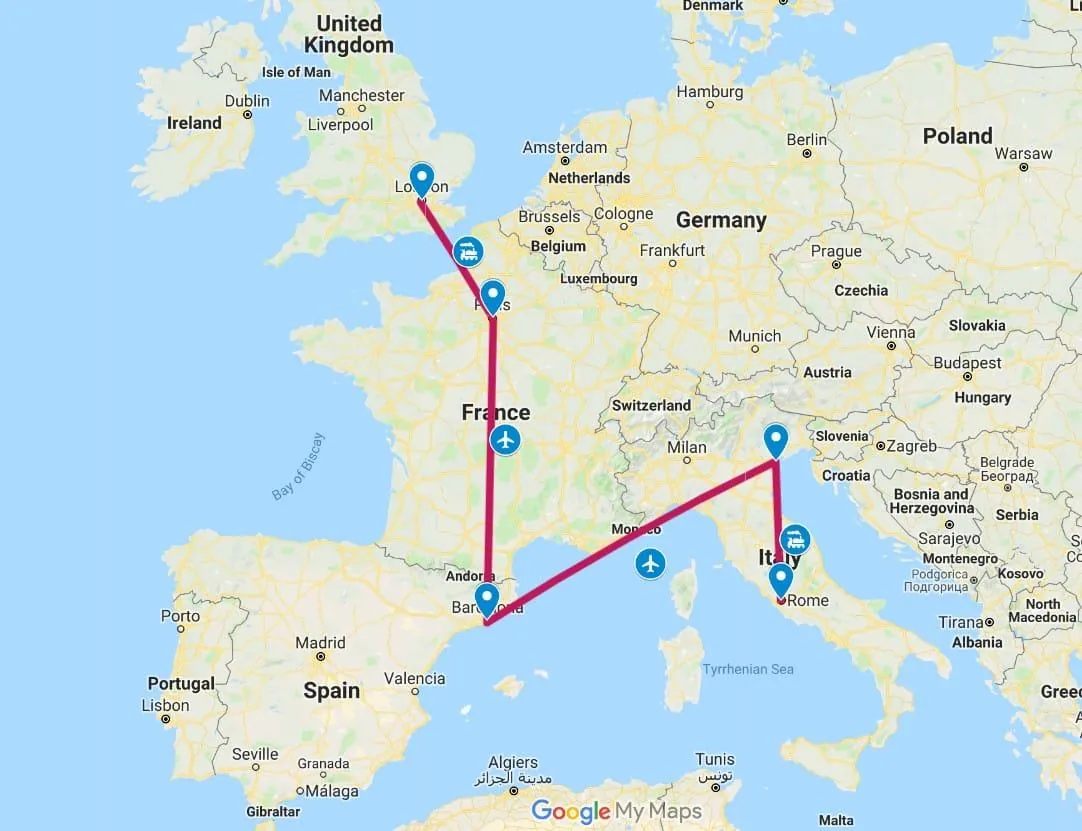
You’ll find Day 8 in your 10-day Europe itinerary leading you to the heart of Italy. Rome—a city steeped in rich history and culture—offers an array of unforgettable experiences.
How to Get There
By Train
Traveling by train to Rome is convenient if you’re coming from other European cities, especially within Italy. Rome is well-connected by high-speed trains like Trenitalia Frecciarossa and Italo trains. For example, you can board these trains from cities like Florence, Venice, or Milan and reach Rome’s Termini station.
A Eurail Global Pass can be useful if you plan to travel extensively by train across Europe.
By Flight
Flying into Rome is effective if your point of origin is farther away. Leonardo da Vinci–Fiumicino Airport (FCO) serves as Rome’s main international airport. From the airport, you can take a taxi, bus, or the Leonardo Express train to the city center.
By Car
Driving isn’t generally recommended due to Rome’s traffic and parking challenges. Even though this, renting a car offers flexibility, particularly if you’re exploring regions outside the city.
Initial Impressions
Stepping into Rome, you’ll immediately notice the city’s vibrant atmosphere. Ancient ruins stand alongside modern boutiques, creating a unique blend of old and new. The cobblestone streets, bustling piazzas, and aromatic cafes set the scene for an unforgettable experience.
Rome’s climate is typically Mediterranean, with hot summers and mild winters. The best times to visit are spring (April to June) and fall (September to October) when temperatures are more comfortable, and tourist crowds are thinner.
Top Attractions
- Colosseum: This iconic ancient amphitheater is a must-see.
- Vatican City: Home to St. Peter’s Basilica and the Sistine Chapel.
- Trevi Fountain: Toss a coin to ensure a return to Rome.
- Roman Forum: Explore the ruins of ancient government buildings.
- Pantheon: Marvel at this ancient temple turned church.
Hidden Gems
- Aventine Keyhole: Peek through for a unique view of St. Peter’s Basilica.
- Trastevere: Wander through this charming neighborhood with its winding streets and local eateries.
- Giardino degli Aranci: Enjoy a panoramic view of the city from this beautiful garden.
Accommodations
Here’s a comparison table for different budget options:
| Type | Cost Range (per night) | Examples |
|---|---|---|
| Budget | $50 – $100 | Hostels, budget hotels |
| Mid-Range | $100 – $200 | Boutique hotels, B&Bs |
| Luxury | $200+ | Luxury hotels, 5-star hotels |
Dining Highlights
- Carbonara: Taste this classic Roman pasta at Da Enzo al 29.
- Pizza al Taglio: Try this unique pizza by the slice at Pizzarium.
- Gelato: Don’t miss Gelateria dei Gracchi for a sweet treat.
- Public Transport: Rome’s metro, buses, and trams make it easy to get around.
- Walking: Many attractions are within walking distance of each other.
- Safety: Be mindful of pickpockets, particularly in crowded tourist areas.
- Sustainability: Use reusable water bottles; Rome has many public fountains.
In Rome, you’ll find a city filled with history, culture, and unforgettable culinary experiences awaiting your exploration.
Day 9: Exploring Rome
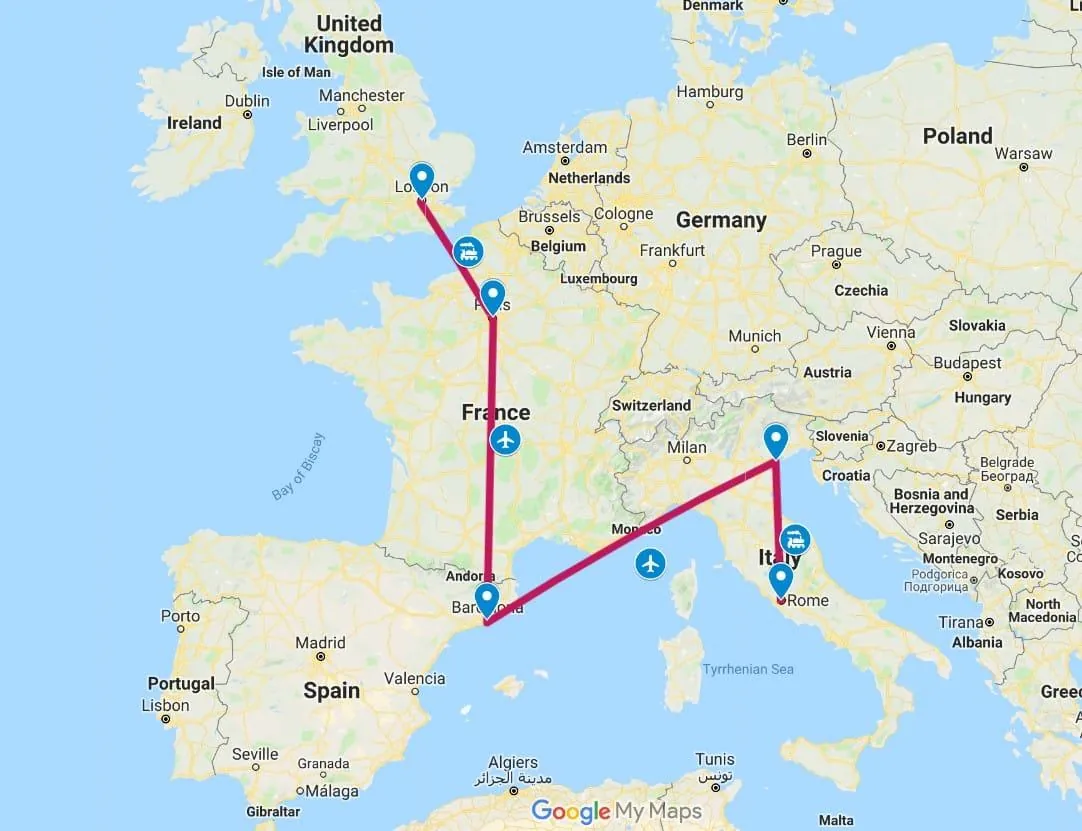
Rome, a city that stands as a testament to ancient civilization and monumental history, offers travelers a rich blend of ancient sites and modern indulgences. Uncover Rome’s legacies through its stunning landmarks and savor exquisite culinary delights.
Ancient Landmarks
Rome’s ancient landmarks narrate tales of grandeur and innovation.
- Colosseum: Marking its presence with iconic stature, the Colosseum is a must-visit. Built nearly 2,000 years ago, this ancient amphitheater showcases Rome’s engineering prowess. Visitors can explore its arena and underground passages.
- Roman Forum: Adjacent to the Colosseum lies the Roman Forum. This sprawling archaeological site invites you to wander through ancient ruins, including temples like the Temple of Saturn and basilicas such as the Basilica of Maxentius. Each structure reveals layers of Rome’s past.
- Pantheon: The Pantheon, built in 126 AD, remains one of Rome’s best-preserved ancient buildings. Known for its unrivaled dome, it stands as a testament to Rome’s architectural advancements. The oculus at the center of the dome serves as the building’s only light source, creating a mesmerizing effect.
- Vatican City: Within Rome’s borders lies Vatican City, brimming with historical and religious significance. While time constraints might limit a full tour, prioritizing a visit to the Vatican Museums can offer a glimpse into an extraordinary collection of art and artifacts. St. Peter’s Basilica, with its stunning architecture, is another highlight.
Local Cuisine
Rome’s culinary scene complements its historical charm with mouthwatering dishes.
- Carbonara: Originating in Rome, Carbonara is a must-try pasta dish. Made with eggs, cheese (pecorino romano), pancetta, and pepper, it’s a comforting staple of Roman cuisine.
- Cacio e Pepe: Another classic, Cacio e Pepe, features pasta seasoned with pecorino romano cheese and black pepper. The simplicity of its ingredients belies the depth of its flavor.
- Suppli: These rice croquettes filled with mozzarella, often containing ragu, provide a delightful snack. Sold in many Roman trattorias, they showcase Rome’s knack for simple yet delicious street food.
- Artichokes: Carciofi alla Romana and Carciofi alla Giudia are iconic Roman artichoke dishes. The former, a braised artichoke seasoned with herbs and garlic, contrasts with the latter, a crispy deep-fried variant.
Accommodations
Choosing the right place to stay enhances your Rome experience. Here’s a comparison of various accommodation options.
| Type | Budget ($20-$50/night) | Mid-Range ($50-$150/night) | Luxury ($150+/night) |
|---|---|---|---|
| Example | Hostels in Trastevere | Boutique hotels in Monti | 5-star hotels near Spanish Steps |
| Amenities | Shared rooms, basic facilities | Private rooms, breakfast | Suites, pools, gourmet restaurants |
| Atmosphere | Youthful, social | Cozy, intimate | Opulent, refined |
Dining Highlights
Exploring Rome’s dining scene involves more than just its famous dishes.
- Campo de’ Fiori: This vibrant market square is perfect for sampling fresh produce and local delicacies. Try porchetta sandwiches or fresh fruit.
- Trastevere: Trastevere’s winding streets house numerous trattorias serving authentic Roman fare. Sample dishes at Da Enzo al 29, famed for its pasta and ambiance.
- Pizzerias: Roman-style pizza, characterized by its thin, crispy crust, can be found across the city. Pizzarium, known for its gourmet slices and innovative toppings, stands out.
Transportation & Practical Tips
Efficient transportation simplifies your exploration of Rome.
- Public Transport: Buses, trams, and metro systems are reliable and economical. A single ticket costs approximately $1.50 and includes transfers within 100 minutes.
- Walking: Rome’s compact city center is best explored on foot, allowing you to discover hidden gems beyond typical tourist routes.
- Safety Tips: Stay vigilant in crowded areas to avoid pickpocketing. Secure your belongings and avoid flashing valuables.
- Sustainability Tips: Use reusable water bottles—Rome’s drinking fountains (nasoni) offer fresh water. Opt for local produce and eateries to support sustainable practices.
Rome, with its blend of ancient landmarks and vibrant culinary scene, promises a captivating experience.
Day 10: Wrap Up and Departure
Your final day in Europe closes with a perfect blend of sightseeing and preparation for departure.
Last-Minute Sightseeing
During the last day, visit any remaining landmarks on your list. If you’re ending your trip in Paris, Northern Italy, or Switzerland, consider the following:
- Montmartre, Paris: Stroll through this artistic neighborhood. Visit the Sacré-Cœur Basilica and enjoy panoramic views of Paris.
- Palace of Versailles, Paris: Although rushed, a quick visit to this grand palace is unforgettable.
- Lake Como, Northern Italy: Spend a serene day at Lake Como if you’re in the Swiss-Italian border region.
- Zurich, Switzerland: Explore Zurich’s Old Town, Bahnhofstrasse for shopping, or take a boat tour on Lake Zurich.
Packing and Departure Tips
Efficient packing and a smooth departure culminate your trip.
- Organize Souvenirs: Pack fragile items securely. Place heavier items at the bottom and lighter ones on top.
- Travel Documents: Keep your passport, boarding passes, and itinerary handy.
- Check Time: Double-check departure times for flights or trains.
- Final Sweep: Do a last-minute check of accommodation for any items left behind.
- Local Transit: Use public transport to the airport or train stations to avoid traffic and ensure a timely arrival.
By following these tips, your wrap-up day can be stress-free, allowing you to savor your final moments in Europe.
Conclusion
Embarking on a 10-day European adventure promises a whirlwind of unforgettable experiences, from the romantic streets of Paris to the historic wonders of Rome. With careful planning and a well-thought-out itinerary, you’ll be able to immerse yourself in the rich cultures and iconic attractions of each city.
Remember to balance your days with both must-see landmarks and hidden gems, ensuring a diverse and enriching journey. Budget wisely and choose accommodation and dining options that suit your needs, allowing you to make the most of every moment.
As you prepare for your departure, keep travel documents and souvenirs organized, and use efficient transportation to ensure a smooth end to your trip. With these insights and tips, you’re set for an incredible European adventure that you’ll cherish for years to come. Happy travels!
Frequently Asked Questions
How can I see a lot of Europe in 10 days?
To maximize your 10-day trip to Europe, focus on a specific region or visit iconic capitals. Some suggested itineraries include London and Paris, a Scandinavian tour (Copenhagen, Stockholm, Oslo), or exploring cities like Paris, Amsterdam, and Berlin. Efficient planning and transport methods will help you see more.
How long should I plan for a Europe trip?
Typically, planning a trip to Europe takes about six months. For more thorough preparation and better travel deals, start planning a year in advance.
How many countries can you visit in 2 weeks in Europe?
In 2 weeks, it’s recommended to visit around 3 primary destinations, allowing for day trips to nearby attractions. This gives you enough time to explore each city without feeling rushed.
What is the best country to visit in Europe?
Europe offers many great destinations, including France, Spain, Greece, and Croatia. Each country has its unique charm and attractions, so the “best” depends on your interests, whether historical sites, stunning coastlines, or vibrant cities.
How much money do you need per day in Europe?
The daily budget for Europe varies. For mid-range accommodations, dining, and transport, plan to spend around $100-$200 per day. Budget options can reduce this to $50-$100 per day with hostels and local eateries.
What are the best transportation options for a 10-day Europe trip?
Efficient options include trains, low-cost flights, and public transit. Train travel offers scenic views and comfort, while budget airlines help save time on longer routes.
Which cities should I focus on for a first-time Europe trip?
First-time travelers should consider iconic cities like Paris, Rome, Amsterdam, and Berlin. These cities offer rich history, vibrant culture, and numerous attractions, making them great for an introductory European adventure.
What are some essential travel tips for a Europe trip?
Essential tips include packing light, using public transport, keeping important documents handy, and being aware of local laws and customs. Always prioritize safety and health, and consider sustainable travel practices.
How can I budget for accommodation in Europe?
Accommodation costs vary. Mid-range hotels range from $50-$150 per night, while budget options like hostels cost $20-$50 per night. Luxury hotels can exceed $150 per night. Booking in advance can secure better deals.
What are must-see attractions in Paris?
Must-see attractions in Paris include the Eiffel Tower, Louvre Museum, and Notre-Dame Cathedral. Also, explore neighborhoods like Montmartre and the Latin Quarter for a more local experience.

